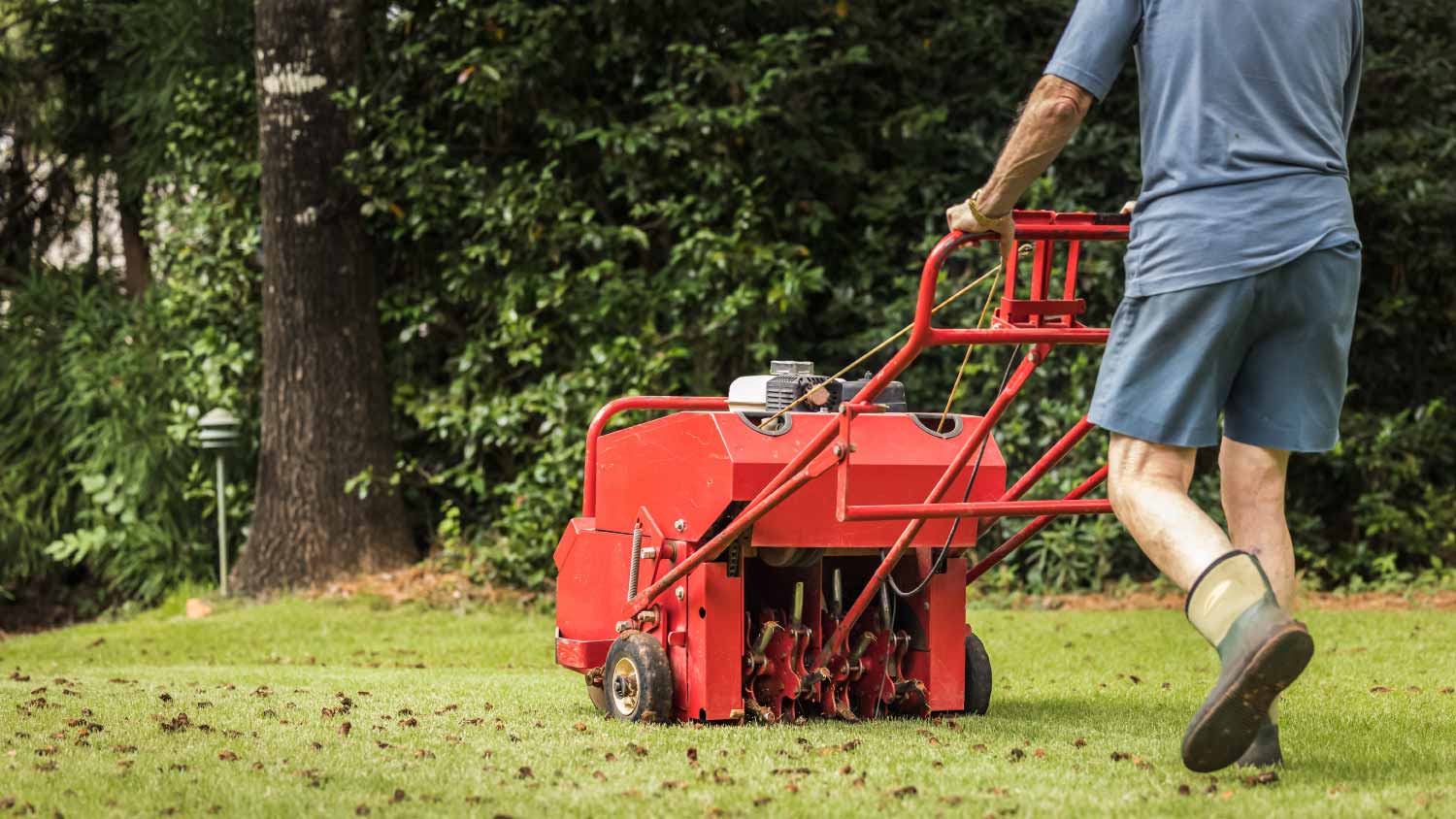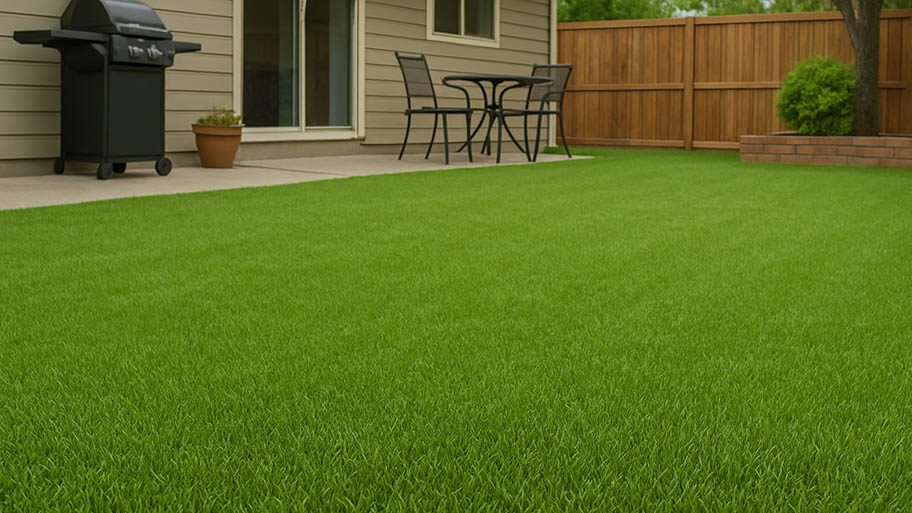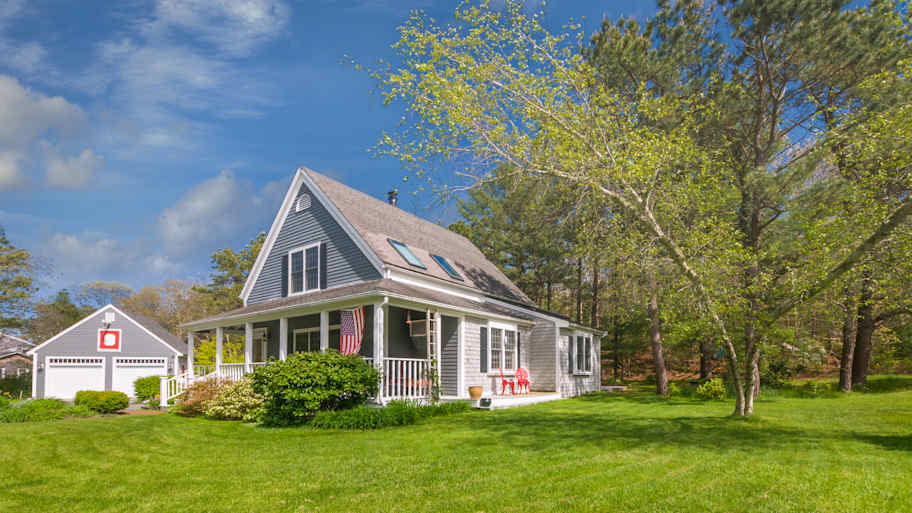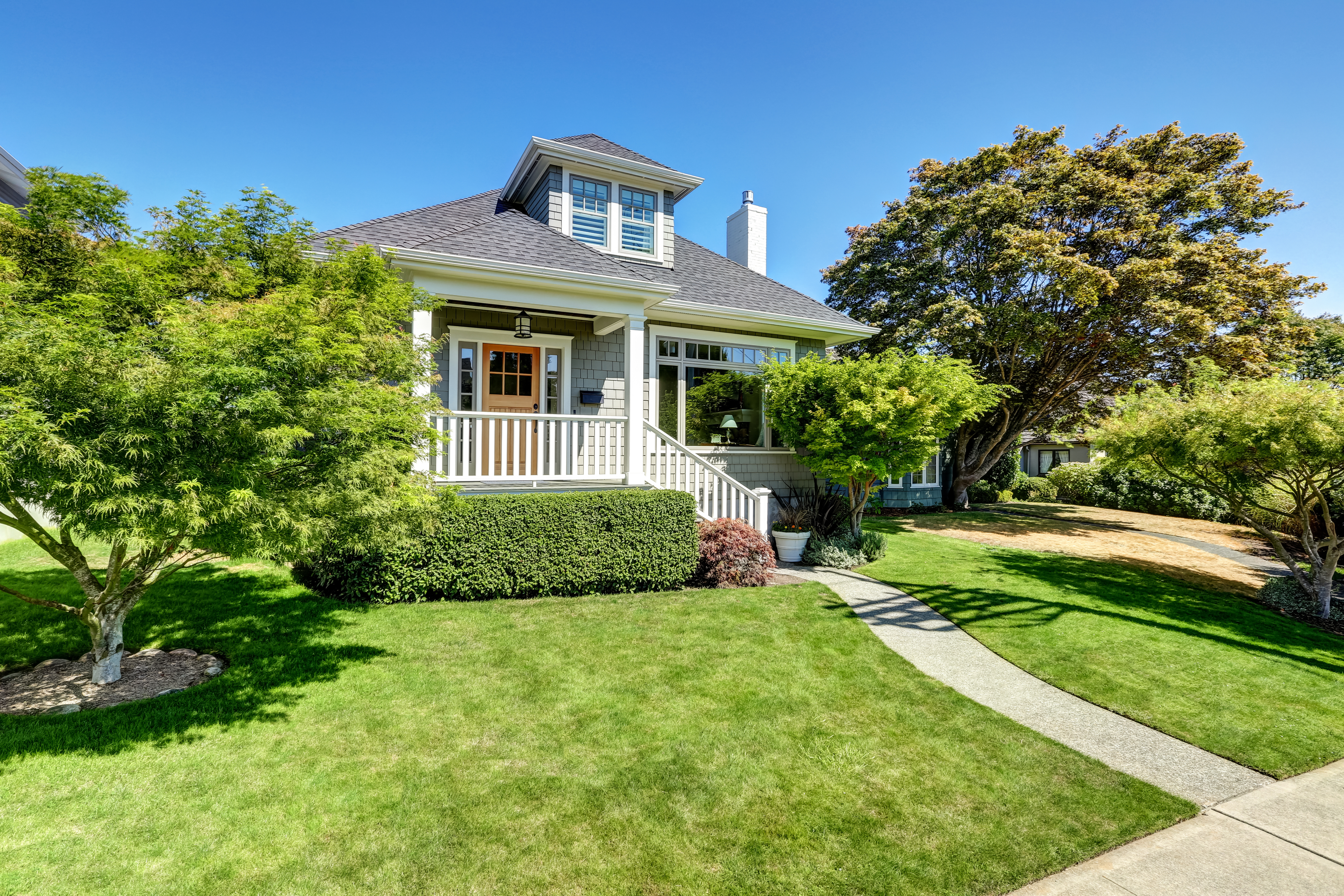
How much it costs to rent a lawn aerator depends on what kind you rent and how long you rent it for. Read on for the full details.
Let’s air out their differences


Core aeration offers faster results, but they won’t last long.
Liquid aeration takes time to start working but offers longer-lasting results.
A combination of the two can create a healthier lawn.
Lawn aeration is a beneficial process that loosens up compacted soil in your yard, creating clearer paths for air to circulate and water and nutrients to reach the lawn’s root system. If your lawn is not as healthy as you’d like it to be, even with regular mowing and fertilizing, aeration can help. There are two main methods of lawn aeration. Core aeration involves pulling out plugs of soil about a half-inch in diameter. Liquid aeration, on the other hand, involves a liquid solution that works more slowly to break up the tight soil.
Here, we’ll walk you through what you need to know about liquid aeration vs. core aeration and most importantly, which is best for your lawn’s needs.
While liquid aeration and core aeration have the same goal for your lawn, both methods have different approaches. Here they are at a glance:
| Type of Difference | Liquid Aeration | Core Aeration |
|---|---|---|
| Method | Liquid solution | Soil plug removal |
| Lawn Preparation | Moist soil | Moist soil; marked |
| Schedule | Annual or as needed | Once or twice a year |
| Effects | Lasts longer | Not long-lasting |
| Average Cost Range | $80–$150 | $75–$250 |

When done properly, either liquid aeration or core aeration will improve your lawn, as well as sustain its healthy growth year after year. However, the way in which those optimal results play out will vary with each method.
Liquid aeration uses a liquid solution containing ammonium lauryl sulfate as the active ingredient. It is mixed with water and then sprayed evenly across the lawn, either hooked up to a garden pump spray or to a regular garden hose.
Core aeration requires more work, even if you are using an automatic aerator. That’s because the tool is literally digging out (coring) plugs of soil to create pathways for air, nutrients, and water to more easily reach the roots.

Moist soil is key before either core or liquid aeration. With core aeration in particular, you’ll need to make sure it’s moist enough for the aerator to be able to break through the soil to extract the plugs. You’ll also have to flag any obstacles in your yard, like sprinkler heads, so you don’t damage the core aerator or, more importantly, hurt yourself.
While you are indeed moistening the soil with the liquid aerator, it is beneficial to start with a moist (not wet) lawn beforehand so that the soil can better soak in the solution.
To make it easier for yourself, you might simply wait until the day after a rainstorm to aerate your lawn so that it’s still moist, but not sopping wet.
When to aerate your lawn depends on the method used and the condition of the lawn. Core aeration should be done once or twice a year in the spring and/or fall, depending on the growing season for your region and the type of grass. Liquid aeration can also be done in the spring and fall, but if your grass needs more help, it can be done multiple times as needed.
Both liquid and core aeration will benefit your lawn by breaking through tough, compacted soil—either literally with holes created by a core aerator or by an effective dose of liquid aerator penetrating deep into the soil. However, the timeline of the results will differ for both.
The benefits of core aeration kick in more quickly, because the aerator immediately relieves the compacted soil when it pulls out plugs of dirt. However, as the plugs disintegrate over time, the effects of aeration wear off, which is why it’s important to water and fertilize properly after aeration.
Liquid aeration, on the other hand, takes some time to work. When the liquid solution gets applied to the lawn, it needs time to be absorbed by the ground so it can work its magic on the root system. Because it gets fully absorbed into the ground, the results might be delayed, but they are longer lasting. They’re also cumulative, which means if you add another dose of liquid aerator during the growing season, the benefits will be even greater.
The cost of lawn aeration varies depending on the method used. Liquid aeration is the more inexpensive option, ranging from $80 to $150, while core aeration can range anywhere between $75 and $250. Both prices depend on the size of your lawn. Liquid aeration can be done as needed to achieve better results, while core aeration is only done once or twice a year. Call a lawn professional near you for a more specific quote for your lawn maintenance needs.
From average costs to expert advice, get all the answers you need to get your job done.

How much it costs to rent a lawn aerator depends on what kind you rent and how long you rent it for. Read on for the full details.

The cost to renovate your lawn depends on the extent of the damage. Our guide will show you how much lawn renovation costs.

Artificial grass is a low-maintenance alternative to traditional turf. Learn how much artificial grass installation costs and what affects your price.

Discover 11 expert lawn mowing tips to keep your yard healthy, green, and looking sharp. Learn when it's best to hire a professional.

Orchard grass control can make you feel like you're going in circles. Here are all the ways to get rid of orchard grass with or without chemicals.

What is hydroseeding? Our guide explains how this landscaping technique can give you a beautiful green lawn in just weeks.